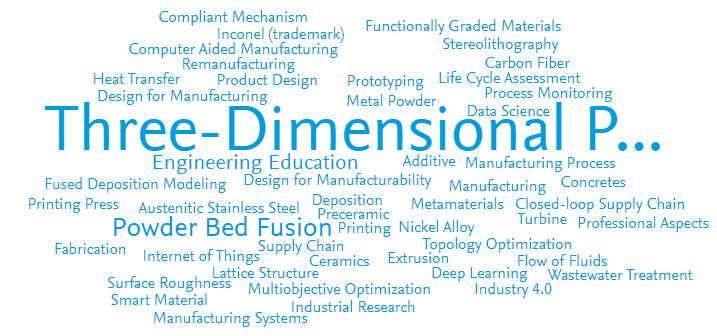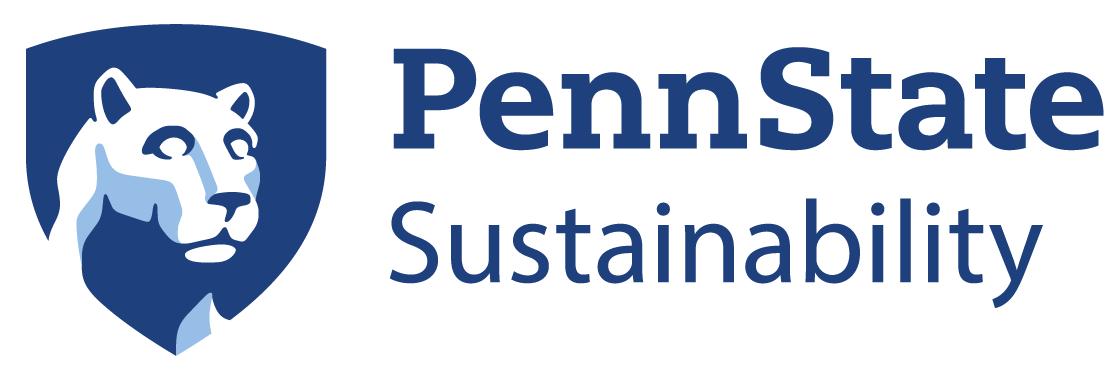
Build resilient infrastructure, promote inclusive and sustainable industrialization and foster innovation
This goal addresses multiple approaches which include developing quality, reliable, sustainable and resilient infrastructure; promoting inclusive and sustainable industrialization; increasing access to financial services; upgrading infrastructure and retrofitting industries to make them sustainable; enhancing scientific research; facilitating sustainable and resilient infrastructure development; supporting domestic technology development, research and innovation; and, increasing access to information and communications technology.

Source: SciVal.com | This word cloud was created using publications from Penn State researchers
Penn State does not publicly release this information.
Penn State has a history of working with unions in the past, including the Teamsters Local 8 Union, which includes technical service employees across the university.
Yes, Policy AD91 does not tolerate discrimination or harassment that would impact an individual’s employment.
Policy created (2016)
Policy reviewed (2023)
Yes Penn State has Policy HR02: Employment of Minors forbids anyone under the age of 16 to work at the University, with restrictions on how frequently the employed minor can work. Additionally, Penn State has recently released a public commitment to the practice and concept of equal employment opportunity, and has released a statement based on data found from the US Department of Labor regarding pay discrimination. Read more HERE
Penn State does not have a policy on guaranteeing equivalent rights of workers when outsourcing activities to third parties.
In 2024, Penn State invested $60 million towards staff salaries in the Compensation Modernization Initiative meant to settle disparities in gendered pay gaps. Additionally, Penn State released a public commitment to the practice and concept of equal employment opportunity, and has released a statement based on data found from the US Department of Labor regarding pay discrimination.
Penn State does not publicly release this information.
Yes, HR79 is a Penn State policy that allows employees to appeal on employee rights through grievances.
About this SDG
Targets & Indicators
Target 9.1: Develop quality, reliable, sustainable and resilient infrastructure, including regional and transborder infrastructure, to support economic development and human well-being, with a focus on affordable and equitable access for all
- Indicator 9.1.1: Proportion of the rural population who live within 2 km of an all-season road
- Indicator 9.1.2: Passenger and freight volumes, by mode of transport
Target 9.2: Promote inclusive and sustainable industrialization and, by 2030, significantly raise industry’s share of employment and gross domestic product, in line with national circumstances, and double its share in least developed countries
- Indicator 9.2.1: Manufacturing value added as a proportion of GDP and per capita
- Indicator 9.2.2: Manufacturing employment as a proportion of total employment
Target 9.3: Increase the access of small-scale industrial and other enterprises, in particular in developing countries, to financial services, including affordable credit, and their integration into value chains and markets
- Indicator 9.3.1: Proportion of small-scale industries in total industry value added
- Indicator 9.3.2: Proportion of small-scale industries with a loan or line of credit See metadata :
Target 9.4: By 2030, upgrade infrastructure and retrofit industries to make them sustainable, with increased resource-use efficiency and greater adoption of clean and environmentally sound technologies and industrial processes, with all countries taking action in accordance with their respective capabilities
- Indicator 9.4.1: CO2 emission per unit of value added
Target 9.5: Enhance scientific research, upgrade the technological capabilities of industrial sectors in all countries, in particular developing countries, including, by 2030, encouraging innovation and substantially increasing the number of research and development workers per 1 million people and public and private research and development spending
- Indicator 9.5.1: Research and development expenditure as a proportion of GDP
- Indicator 9.5.2: Researchers (in full-time equivalent) per million inhabitants
Target 9.a: Facilitate sustainable and resilient infrastructure development in developing countries through enhanced financial, technological and technical support to African countries, least developed countries, landlocked developing countries and small island developing States
- Indicator 9.a.1: Total official international support (official development assistance plus other official flows) to infrastructure
Target 9.b: Support domestic technology development, research and innovation in developing countries, including by ensuring a conducive policy environment for, inter alia, industrial diversification and value addition to commodities
- Indicator 9.b.1: Proportion of medium and high-tech industry value added in total value added
Target 9.c: Significantly increase access to information and communications technology and strive to provide universal and affordable access to the Internet in least developed countries by 2020
- Indicator 9.c.1: Proportion of population covered by a mobile network, by technology







